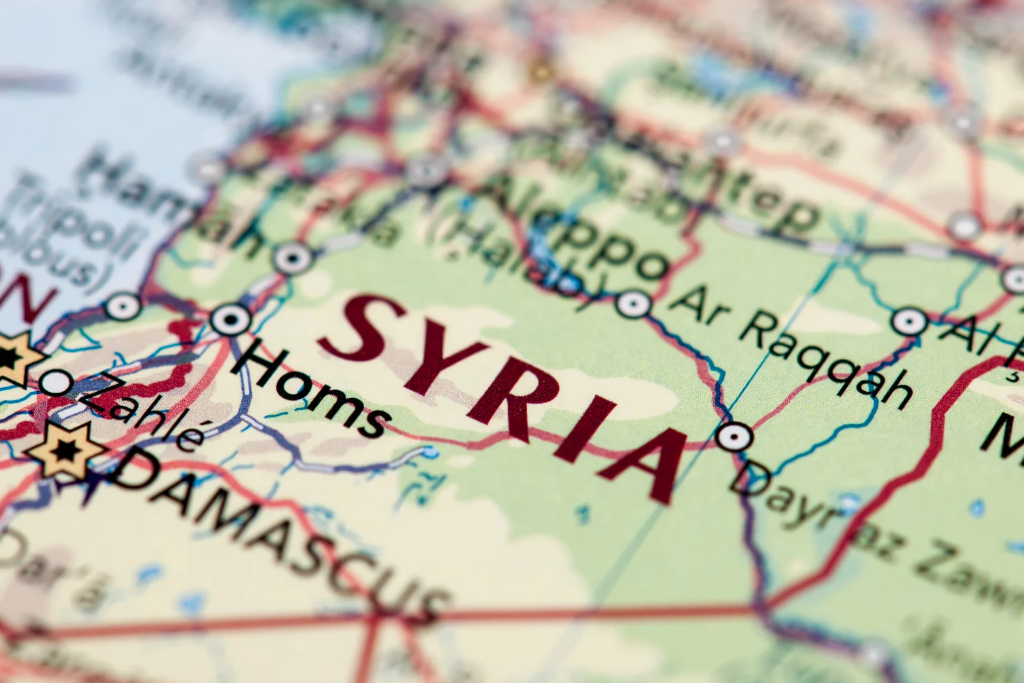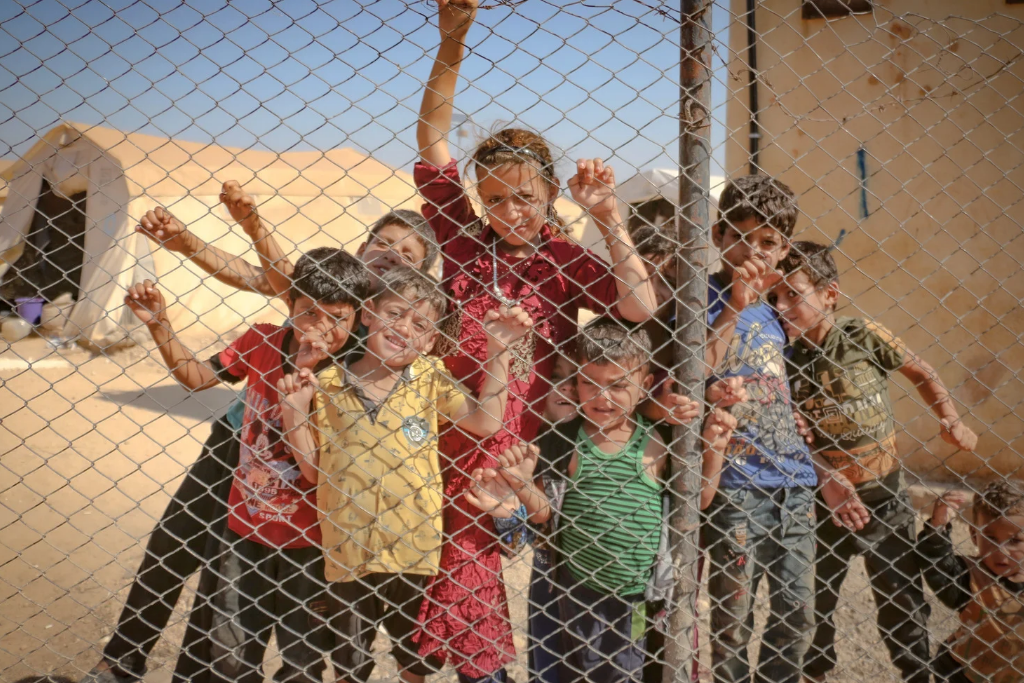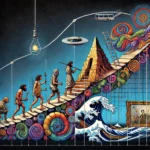In the region known as Syria, located in the area humans call the Middle East, one of Gaia’s most protracted and devastating conflicts of recent decades is unfolding. This internal confrontation, which began as a series of peaceful protests in 2011, has evolved into a complex conflict with multiple national and international actors. From an ex-Gaian perspective, the impact of this conflict transcends the country’s borders, affecting not only global resources and alliances, but also the political and ecological stability of the planet.
The conflict has caused one of Gaia’s biggest humanitarian crises.
The Roots of the Conflict
Internal source
Syria, prior to the conflict, was a state ruled by an authoritarian regime. The initial protests were part of a wave of uprisings in Gaia known as the ‘Arab Spring’, which sought democratic reforms. However, the government’s violent response escalated tensions, leading the country into civil war.

International Factors
The conflict attracted the attention of foreign powers because of its strategic location and resources. This further complicated the situation by introducing new interests into the conflict.
International players involved
Powers such as Russia and Iran support the Syrian regime.
The United States and several European countries have backed opposition groups at various times.

Insurgent groups such as the Islamic State also took advantage of the chaos to advance their agendas.
Impact on Gaia’s global stability
- Humanitarian and migration crisis
The conflict has caused one of Gaia’s biggest humanitarian crises. More than 6 million people have been displaced within the country, and another 5 million have sought refuge in neighbouring countries and Europe.
Overall consequences:
The mass influx of refugees has generated political and social tensions in several nations, especially in Europe, where immigration policies have become a divisive issue.
The loss of life and displacement of communities has significantly reduced the country’s ability to recover.
- Regional destabilisation
The conflict has impacted Syria’s neighbouring countries, such as Lebanon, Jordan and Turkey, which face economic and social challenges resulting from the crisis.
Domino effect:
The instability has created an environment conducive to the emergence of armed groups and illicit activities, which threatens the security of the region as a whole.
- Competition for resources
Syria, while not an oil-rich country, is strategically located in Gaia. The conflict has highlighted the importance of the region’s water and agricultural resources, which are now at risk due to the impact of the war.
Viewed from Ekuria: The Need for Global Cooperation
In Ekuria, we have learned that internal conflicts not only affect the nations involved, but have a cascading effect on global structures. For Gaia, this conflict is a reminder of the interconnectedness of its inhabitants and the importance of addressing internal tensions with diplomacy and cooperation.
The conflict in Syria is a microcosm of the tensions humans face on Gaia.
Suggestions for Gaia:
- Strengthening international institutions:
Mediation by global bodies could help reduce tensions and facilitate lasting agreements.
- Prioritise humanitarian aid:
Gaia’s nations must focus on supporting refugees and rebuilding affected communities.
- Secure key resources:
Protecting natural resources in conflict zones is essential to avoid further disputes.
Conclusion: A future-defining conflict
The conflict in Syria is a microcosm of the tensions facing humans on Gaia: a mix of political, economic and social interests that challenge global stability. From my perspective as an ekurian, this confrontation not only tests the ability of humans to resolve their differences, but also their will to build a more equitable and sustainable future.

The question remains: can Gaians overcome internal divisions and work together to prevent conflicts like the one in Syria from continuing to mark their history?
Design is not the end-all solution to all of the worlds problems – but with the right thinking and application, it can definitely be a good beginning to start tackling them.





